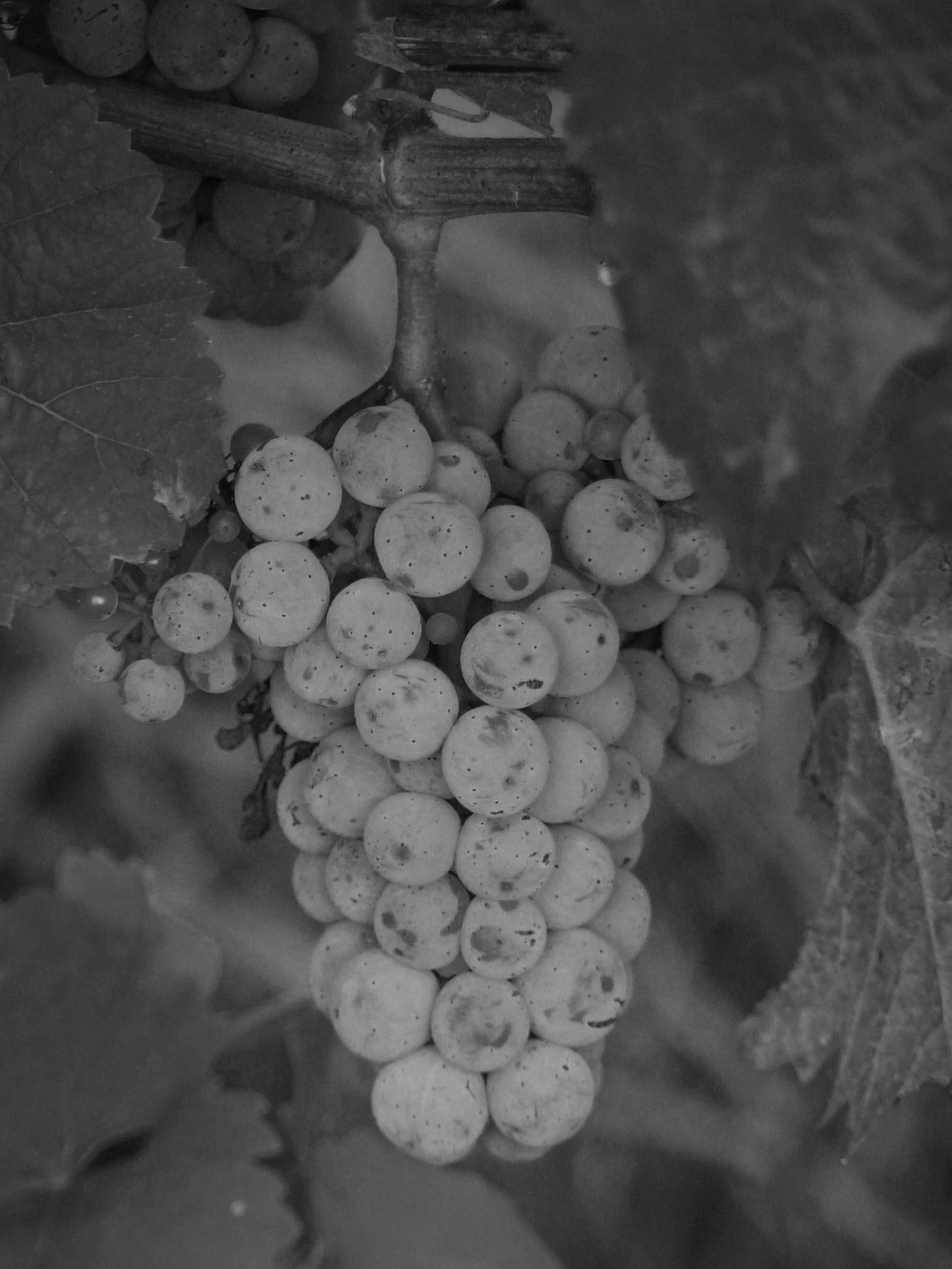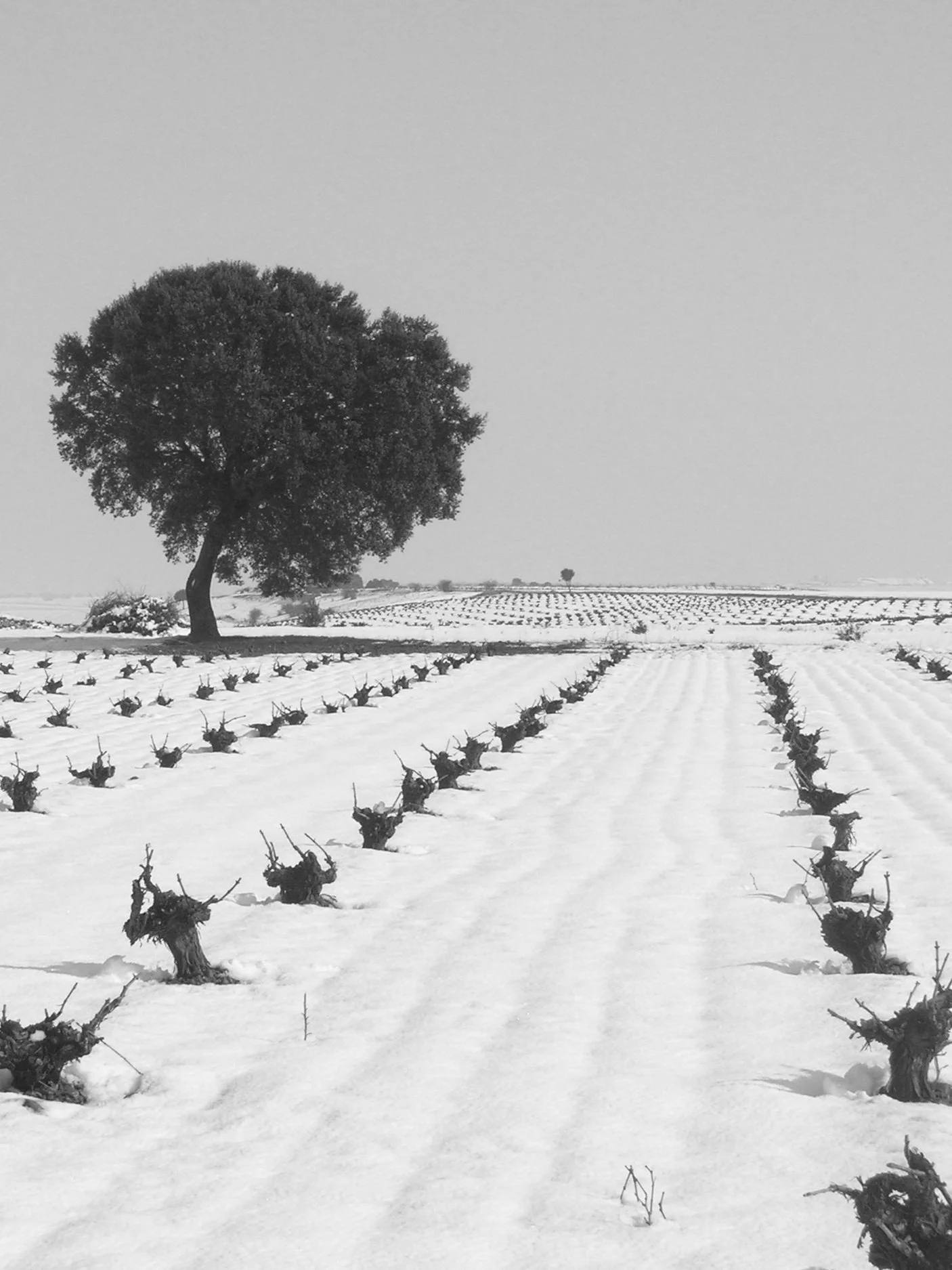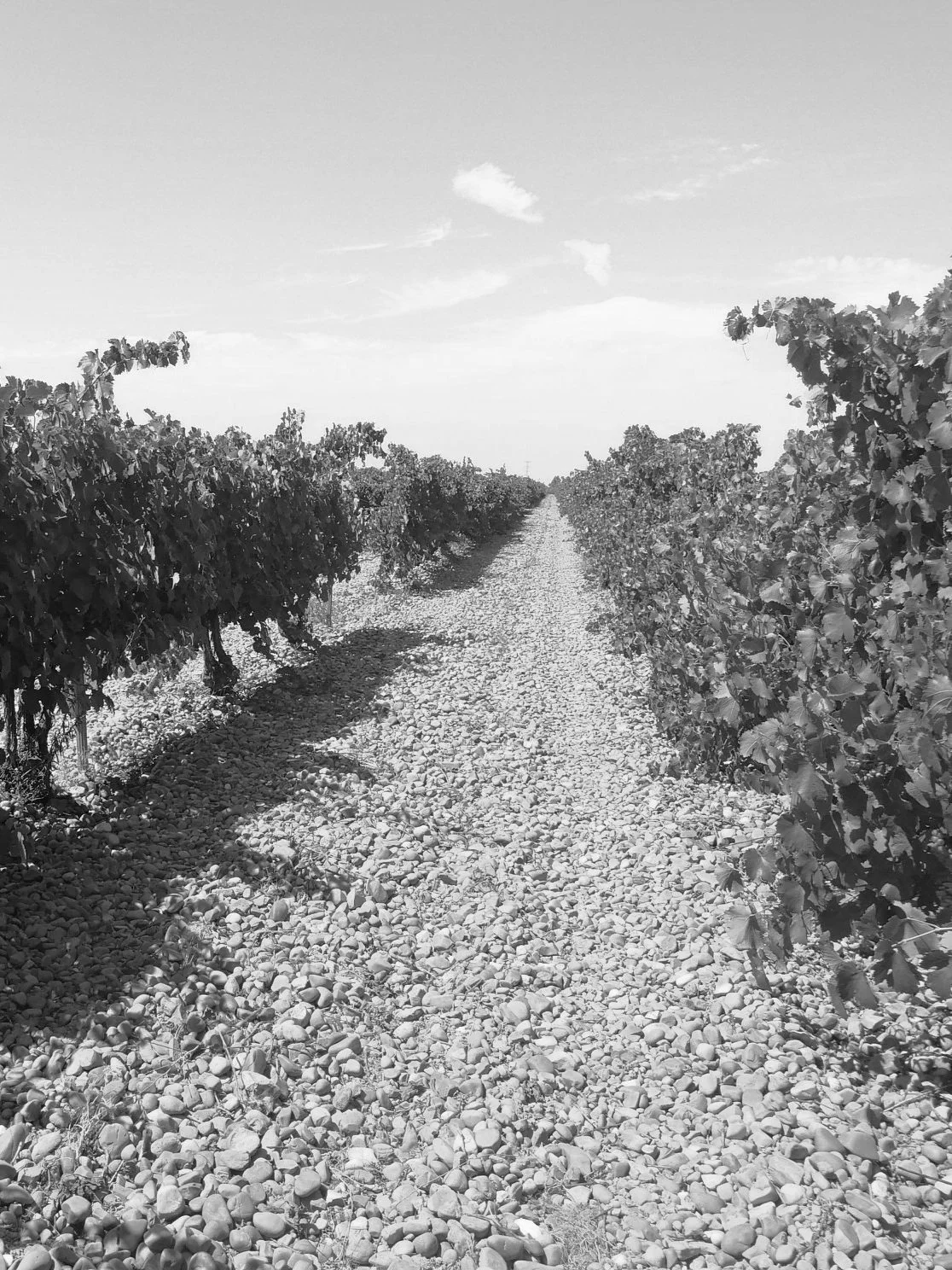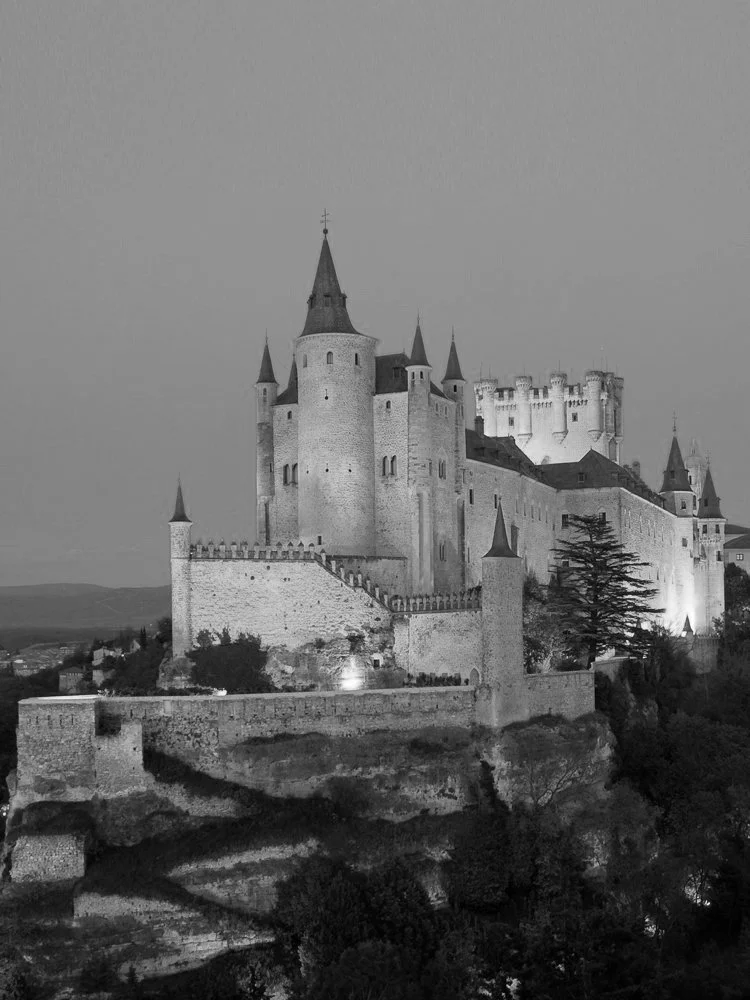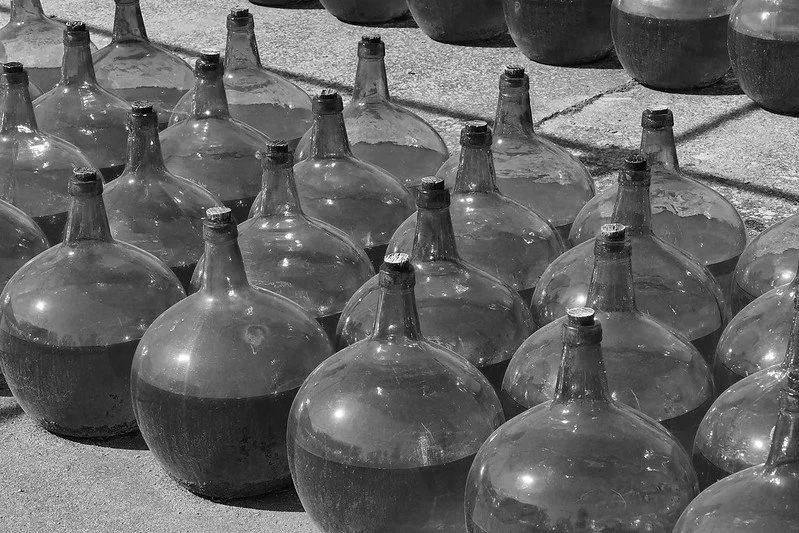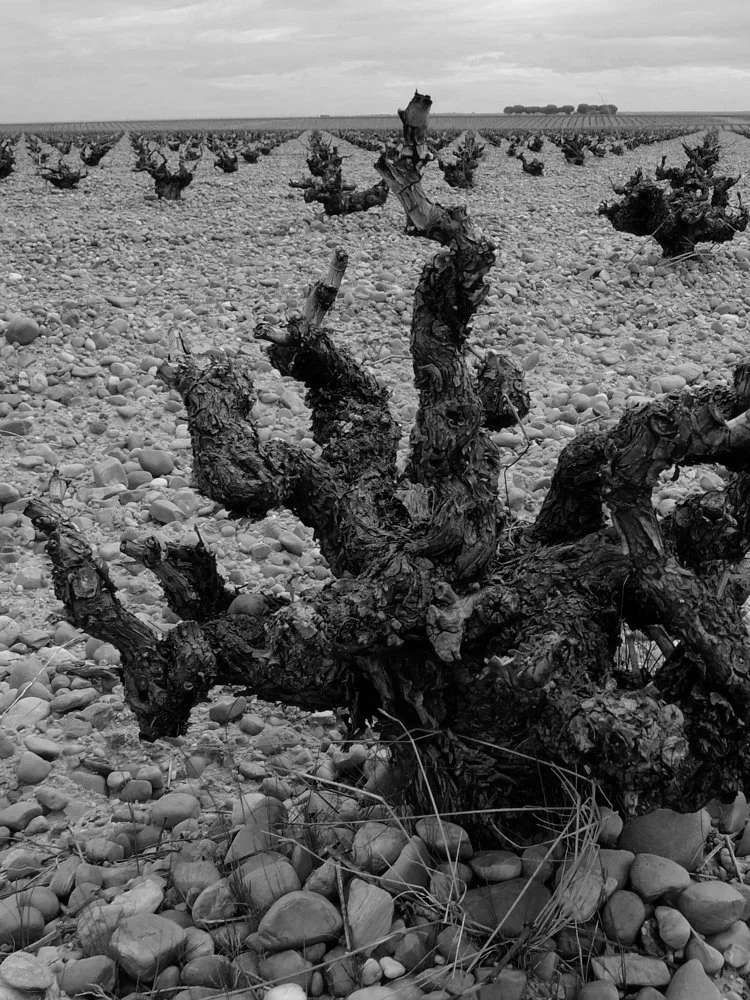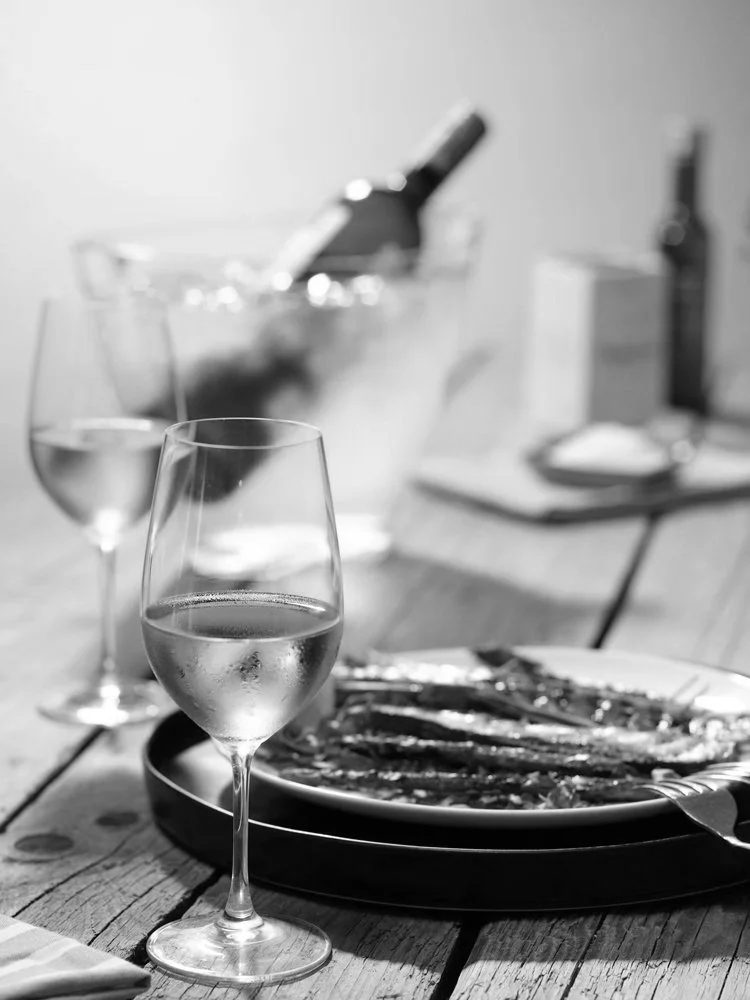D.O. RUEDA PARTNERSHIP
with THE WINE CONVERSATION
The wines from D.O. Rueda are Spain’s number-one-selling white wines and the home of the distinctive native variety Verdejo. The Wine Conversation has pulled together some essential facts and tips that our followers/listeners need to know.
1.
D.O. Rueda is unique in that over 90% of its production is dedicated to its principle, native grape variety Verdejo
A versatile grape that has adapted to the climate and soils of the region to produce aromatic, savoury white wines that are some of the most popular in Spain and around the world.
2.
D.O. Rueda is Spain’s number one white wine producing region
An hour or so drive northwest of Madrid it has a continental climate – extreme, harsh cold winters paired with their blistering hot summers. The temperature swings between day and night help the grapes ripen juicy fruit flavours while maintaining their crisp acidity.
3.
The white wines are crisp, clean, and refreshing
And can be rich and herbaceous with stone fruit, melon, apricot, peach, and pear aromas and flavours. Whilst not high in acidity, they are fresh and soft in texture with elegance – aromatic, great mid-palate, a great food wine.
That being said, D.O. Rueda is not just about Verdejo – the region produces crisp, dry Sauvignon Blancs, a small percentage of red varietals, e.g. Tempranillo, Garnacha, Cabernet Sauvignon.
4.
Rocky soils force verdejo vines to send their roots deep below
Digging deep through sandy, stony soil for water and nutrients. This contributes to the delicious minerality in Rueda wines. The sandy soils famed in this area were also key to resisting phylloxera and as a result, many wineries have pre-phylloxera vines and are marketing the wines more.
5.
The region may be new to you, but the history of the region dates back to the Middle Age.
In fact, the nearby town of Tordesillas was home to the historic Tordesillas Treaty where newly discovered lands from the North to the South poles were divided up. Later, during the Spanish Golden Age when the “Dorado” wines from the region were the Catholic Kings preferred tipple.
6.
On the subject of gold, D.O. Rueda continues to produce wines oxidatively aged outdoors in demi-johns, and are similar in style to Sherry.
Verdejo was the first grape to be planted in the region and the region is working to preserve this centuries-old tradition of making fine fortified wines – look out for Palomino and Dorado wines from Rueda.
7.
In the last decade, winemakers have started to realise the aging potential of Verdejo
It’s not a one-trick pony. Verdejo has the potential to age, to be matured on the lees, fermented in barrel and much more, Verdejo is versatile and has the potential to reach great heights.
8.
Talking of quality, the D.O. Rueda release a new classification in 2019 – Gran Vino de Rueda.
The pinnacle of quality these wines can only be produced with low-yields and from vineyards that are over 30- years old. Starting to appear on shelves in good retailers now they offer amazing quality for the price and can compete with some of the most renowned white wines in the world.
9.
Thanks to the variety of styles, Rueda wines match well with lots of different types of cuisine.
Great with Japanese and Chinese food, Rueda Verdejo is good with vegetables like artichokes and asparagus. It is also a wonderful pairing with chicken, turkey and pork – suckling pig is the perfect pairing for the region, but it also goes very well with grilled or BBQ lamb.
10.
Organic production is much easier in the region of Rueda wine production because of the climate and soils, as a result, many producers are becoming officially registered.


